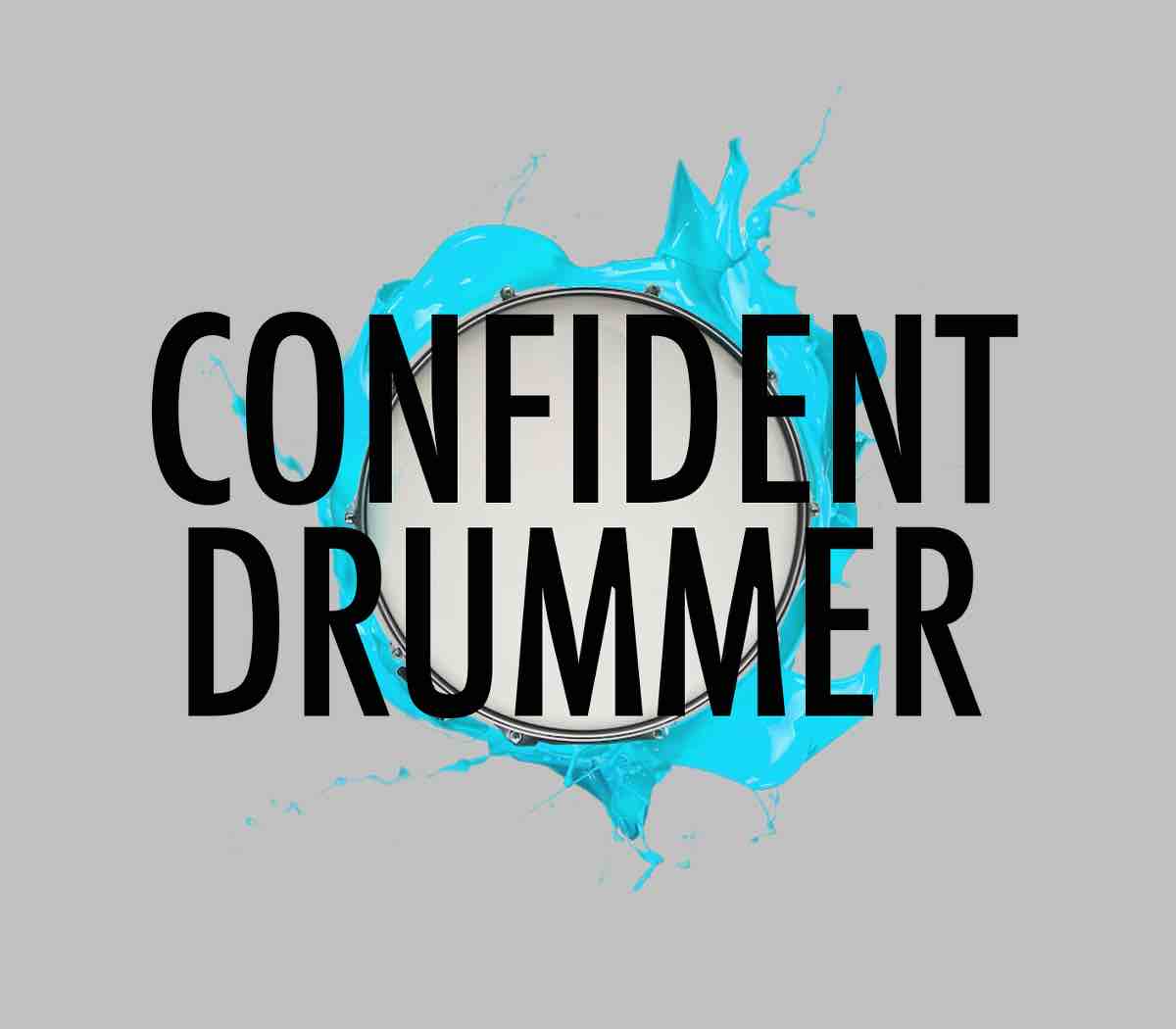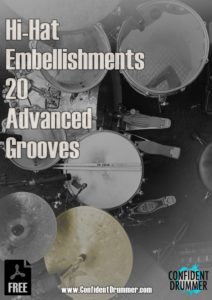Music is about colors. And drumming is pretty much based on colors. There are so many nuances, variations, details and flavors we can add to a song with our instrument.
It’s one of the beauties of being a drummer. We can make people move with a great, powerful groove or we can play delicately, tell a story, create tension and contrast with dynamics, sounds and accents.
The Hi-Hat is definitely the part of the drum set that allows for the most expressiveness. We can open and close it in countless ways and degrees, get a myriad of sounds out of it, and we can play as many ideas as our imagination can conceive.
Literally, even though this is true for the whole drum set, when it comes to playing the Hi-Hat in particular, we are like painters.
To me the Hi-Hat is where we can make the difference. Even a basic beat, that uses common Bass Drum/Snare patterns, can be transformed in something totally fresh and irresistible, just because of what we do with our cymbals.
And the cool thing is that we can experiment with adding lots of stuff, much more than we could normally go for, without getting that reaction like we are overplaying. If we keep it simple as far as the basic beat goes, then with the Hi-Hat we can go crazy and easily add to the feel and personality of the rhythm without sounding excessive.
They are called embellishments (from the Latin word ‘bellus’ – handsome) because that’s what they do, they make things more beautiful. In music embellishments are ornaments that are not essential to carry the overall meaning of what is being played, but serve instead to decorate and add variety, while giving the musician the opportunity to add expressiveness and personality to the performance.
In this booklet I wanted to gather a bunch of ideas that I have collected over the years, which are quite advanced but also incredibly fun to play and to include in our music.
I have divided them in 2 categories:
– Embellishments played with the hands, in 8ths, 16ths, triplets and even shuffle.
– Examples that use the left foot to play the Hi-Hat pedal (in which case we keep time on the Ride cymbal).
Here is the Free Download:
Each example is linked to its video demo, which you can access by clicking on the transcription. If you want to check out the whole 6 minute video demo on YouTube, click HERE.
Of course playing this kind of ideas requires a good deal of technique: our double stroke roll has to be in great shape and in general there’s plenty of phrasing involved, since the main concept we apply here is to orchestrate Snare Drum ideas on the Hi-Hat.
The examples based on the left foot, on the other hand, need lots of coordination and independence between hands and feet. They are pretty challenging and it’s not that easy to make them groove. Indeed, they can even be utilized as exercises to improve our 4 way skills.
Lastly, being able to play stuff like this doesn’t mean that we do it all the time. Even though as we said these solutions are not that intrusive, the music we play may call for a basic beat with a simple Hi-Hat pattern.
However, when according to our musical concept it’s a good idea to embellish things, then we can decide to play them to add subtleties here and there, or to play a light fill, or to create original Hi-Hat patterns and beats that include them.
So pick one or two and start to experiment. When you find something that you like, create your own variations, or improvise until you stumble into something cool.
Then, once you have mastered them, there is only one rule to keep in mind: use them responsibly 😉
Related resources:
‘Phrasing & Fills’ – Altitude Drumming – Volume 5
‘Groove Mastery & Formulas’ – Altitude Drumming – Volume 8
‘Interpretation & Arrangement’ – Altitude Drumming – Volume 9



















